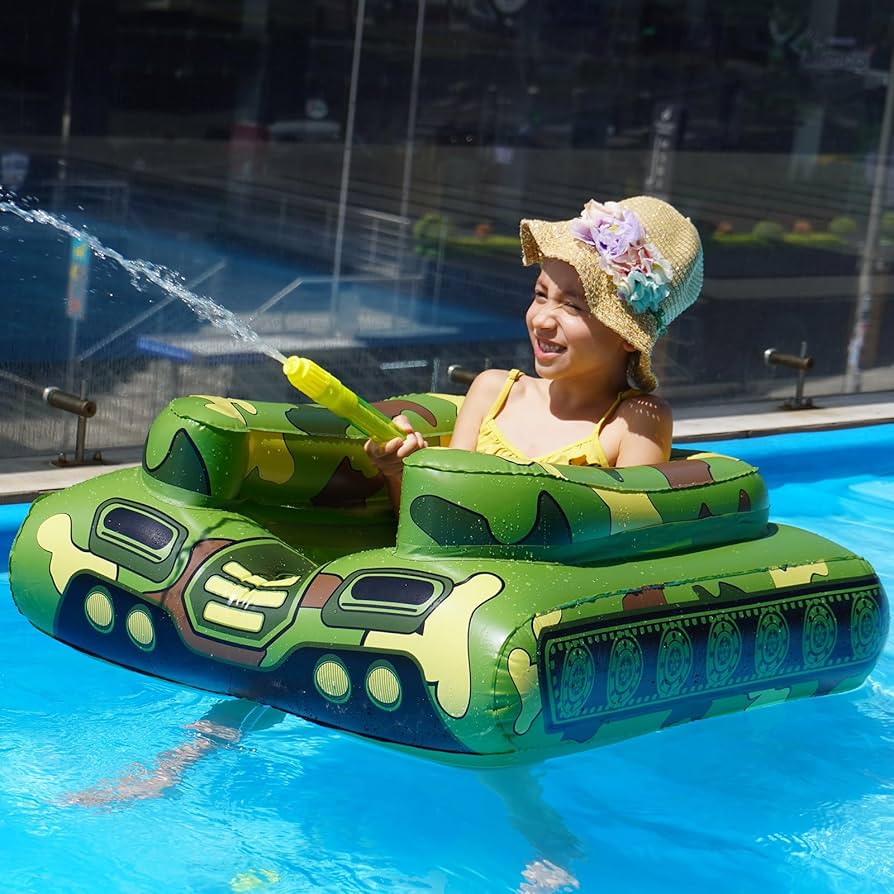Selecting safe rafts and floats for children in swimming pools is critical for injury prevention and drowning risk reduction. Focus on these key aspects:
Core Safety Features
- Certification: Look for U.S. Coast Guard (USCG) approval Type II or III for intended use (not all pool floats qualify as life-saving devices).
- Stable Design: Prioritize rafts with wide bases, multiple air chambers, and low centers of gravity to resist tipping.
- Puncture-Resistant Material: Choose thick, durable PVC or vinyl with reinforced seams.
- Secure Seating: Opt for designs with safety straps, secure leg openings, or high backrests preventing slips.
- Proper Size & Weight Limit: Ensure the float is explicitly rated for the child’s weight and size.
Kid-Friendly Float Types
- Infant Floats with Canopy & Bucket Seat: Provide full-body support and shade; must include secure safety harness.
- Stable Sit-In Rafts (Ring-Style): Choose models with deep seats, safety leg slots, and sturdy backrests.
- Platform-Style Floats: Large, rigid mats with textured surfaces offer stability for kneeling/sitting; avoid overcrowding.
- Life Jackets (USCG Approved): The safest option for non-swimmers; ensure snug fit with crotch strap.
Critical Avoidances
- Inflatable Arm Bands/Wings: High risk of deflation or slipping off; not USCG-approved life-saving devices.
- Single-Chamber Floats: Total failure risk if punctured; always choose multi-chamber designs.
- Complex Shapes or Ladders: Increase tipping hazards and entrapment risks.
- Inflatables Marked “Not a Life-Saving Device”: Purely for recreation; require direct adult contact supervision.
Essential Usage Tips
- Constant Touch Supervision: An adult must be within arm’s reach, undistracted.
- Pre-Use Inspection: Check for leaks, weak seams, or damage every time before use.
- Avoid Sun Exposure When Inflated: Heat can cause overexpansion and bursting; deflate partially when not in use.
- Never Use on Lakes/Oceans: Pool floats are designed for calm water only.
Selecting certified, stable designs appropriate for the child’s size combined with vigilant supervision is non-negotiable for safe aquatic play.

